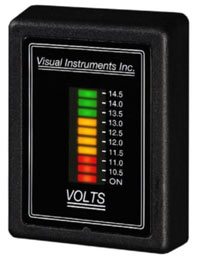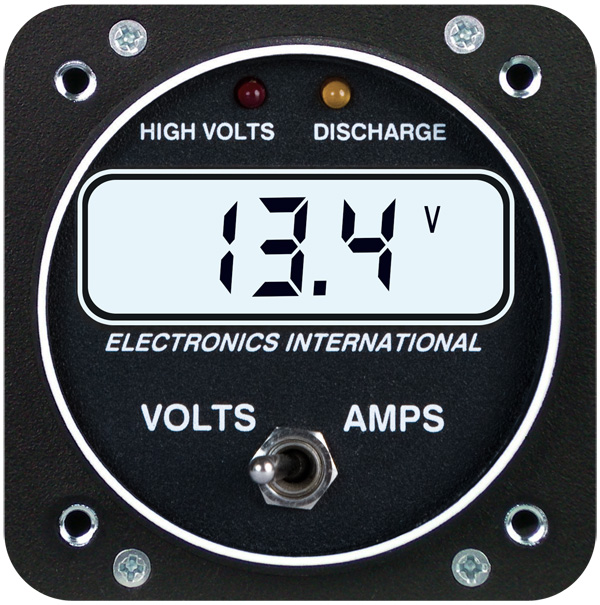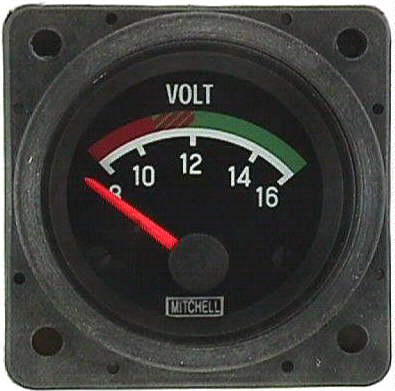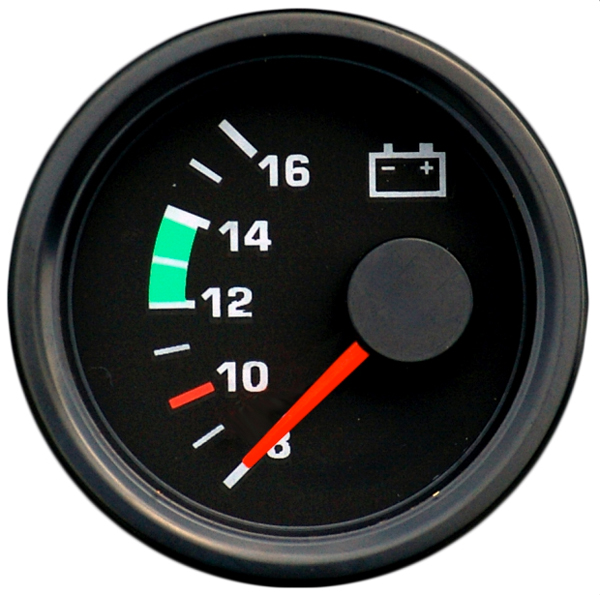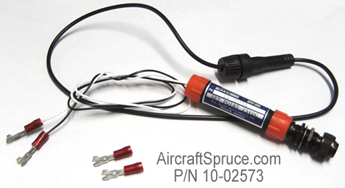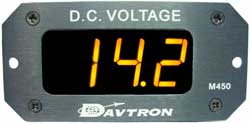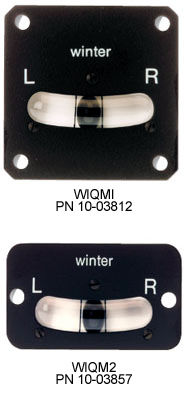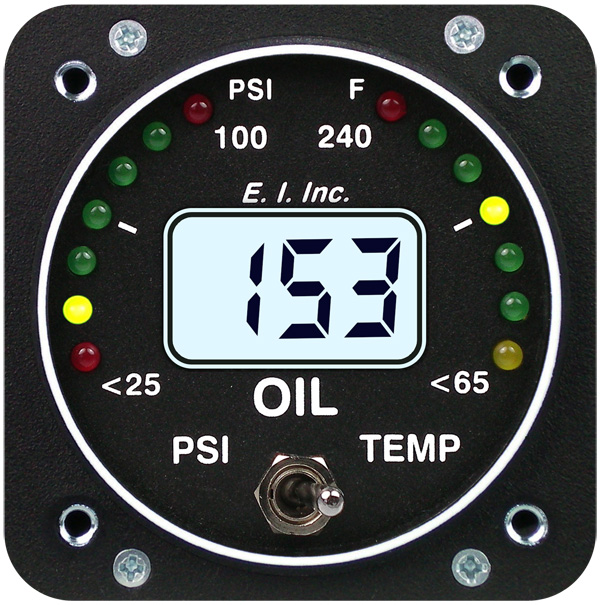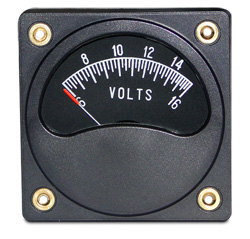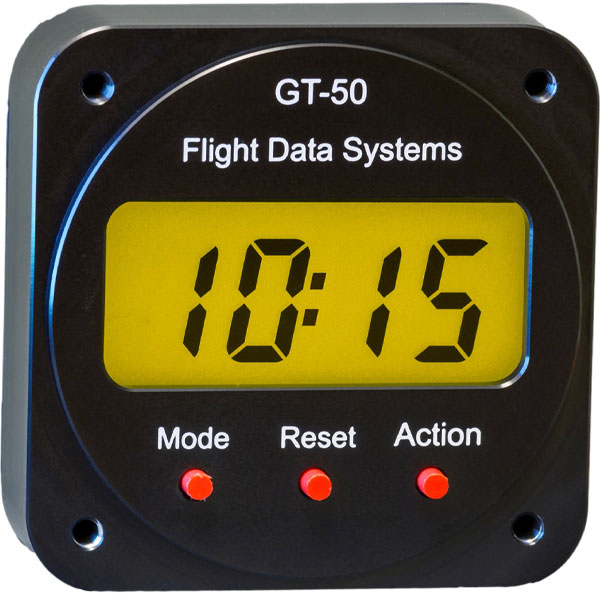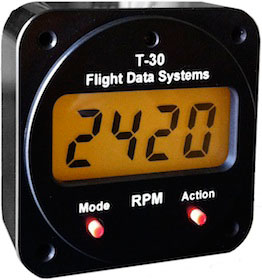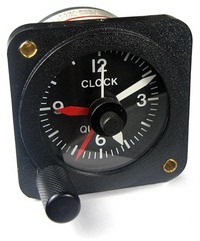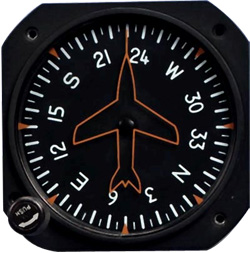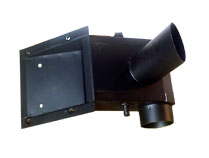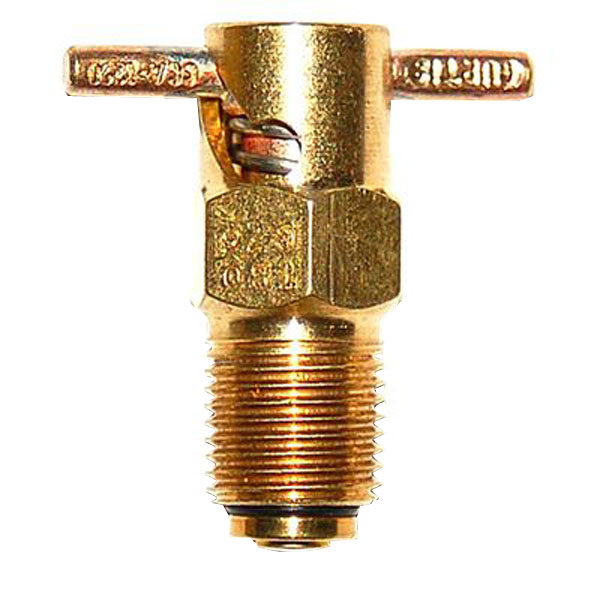Digital Voltmeter Monitor
от 20791 17326 руб.
до 20791 17326 руб.
Наличие: Проверяйте наличие по каждому товару
Overview
| Voltage monitor from Visual Instruments helps pilots monitor critical electrical system. With all the advances and improvements in electronic navigation technology, many pilots are upgrading their aircraft with new GPS, moving maps displays, and EFIS equipment, making them more dependent on reliable electrical power. Loading up the ?boat? (aircraft) with too many of these new electronic devices can easily out-pace the electrical generation capacity and greatly reduce battery reserve after a generator or alternator failure. Visual Instruments of McMinnville, Oregon has received STC approval for it its new digital voltmeter monitor. The instrument features a Multi Color LED display, which is easily viewable from a wide angle. A configuration switch on the back of the unit sets the display to either Bar Graph (shown) or Dot Mode. The range of the display is expanded making even small voltage fluctuations very noticeable. This is particularly important in IFR operations where small changes in ammeter needle movements often go unnoticed. On most aircraft instrument panels, the ammeters are usually located way to the right, outside the normal instrument scan pattern, making them extra difficult to see. Parallax makes them hard to interpret from the left seat. Most pilots don?t even realize they have alternator failure until after their radios quit working. Then it?s too late to shut down unnecessary equipment and conserve precious battery energy. In the event of an alternator/generator failure, the Visual Instruments Monitor LED display indicates the reserve battery capacity in a fuel gauge fashion providing a better indication of how much time is left before battery exhaustion. The display automatically adjusts to the ambient light for IFR or night operation and also serves as a reminder to turn off the electrical system after flight. The Voltage monitor comes in either 12V or 24V models and includes all necessary hardware and FAA Documents. It typically takes a mechanic less than one hour to install and fill out the necessary paper work. The display must be set to Dot mode for FAA approved installations. |



